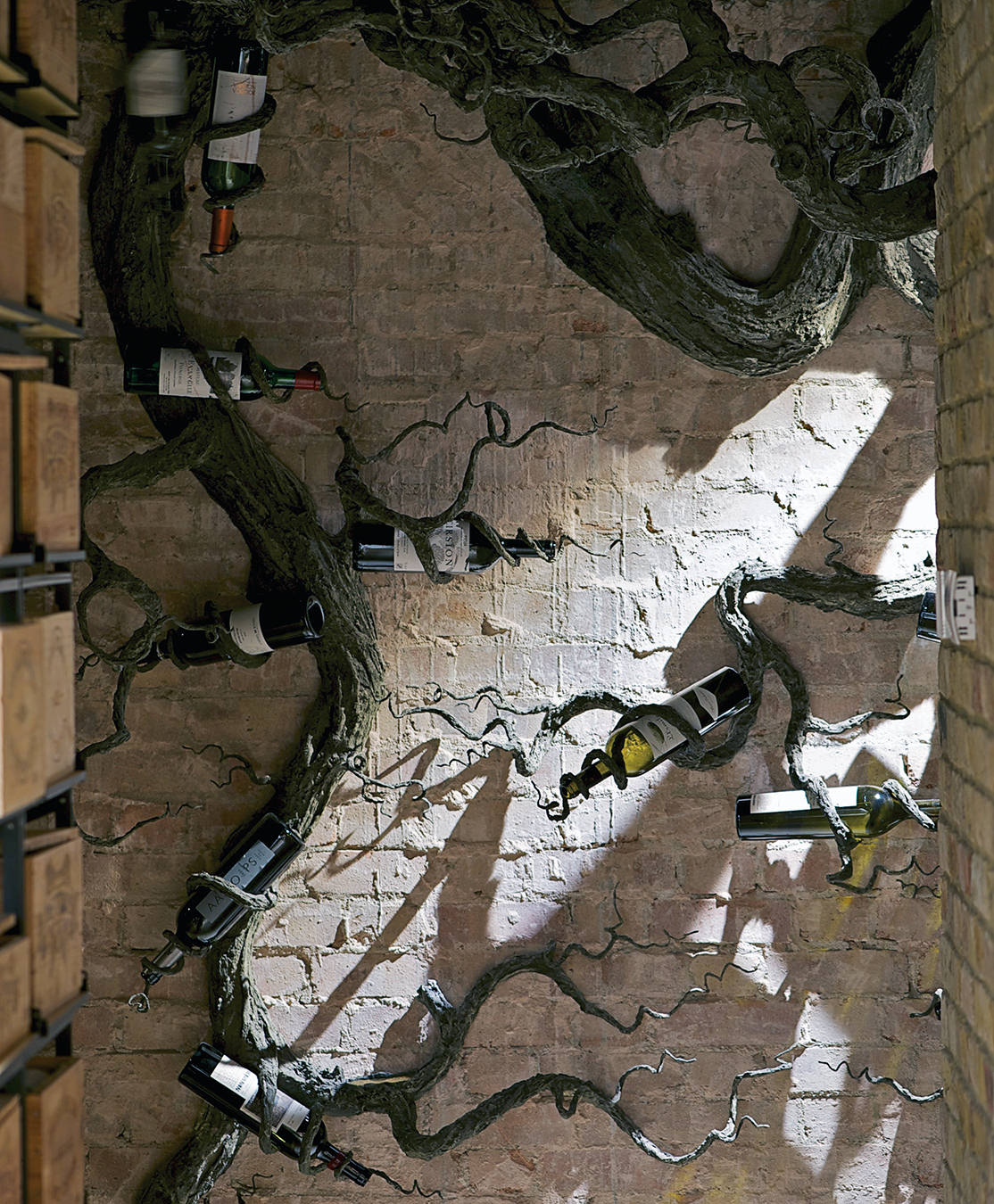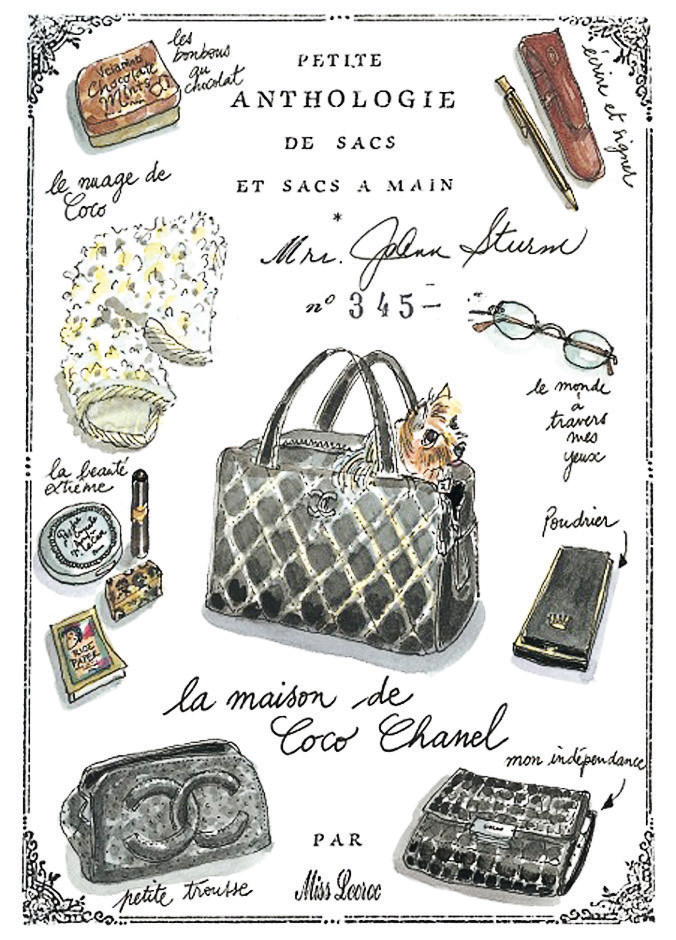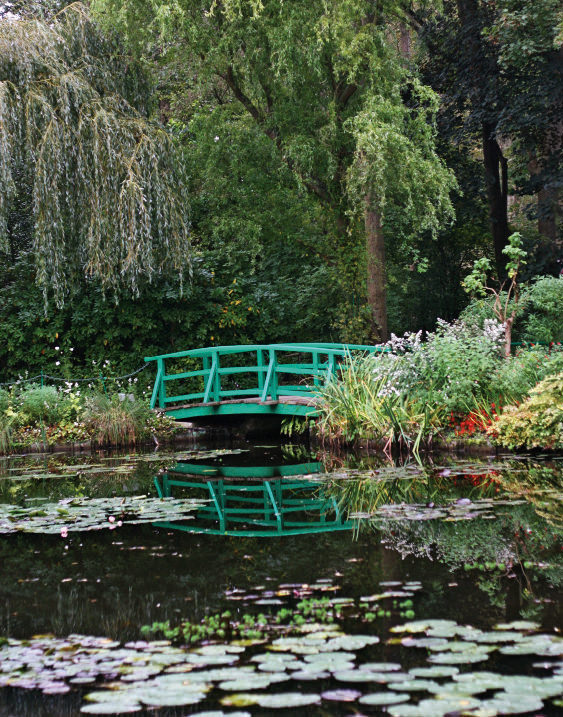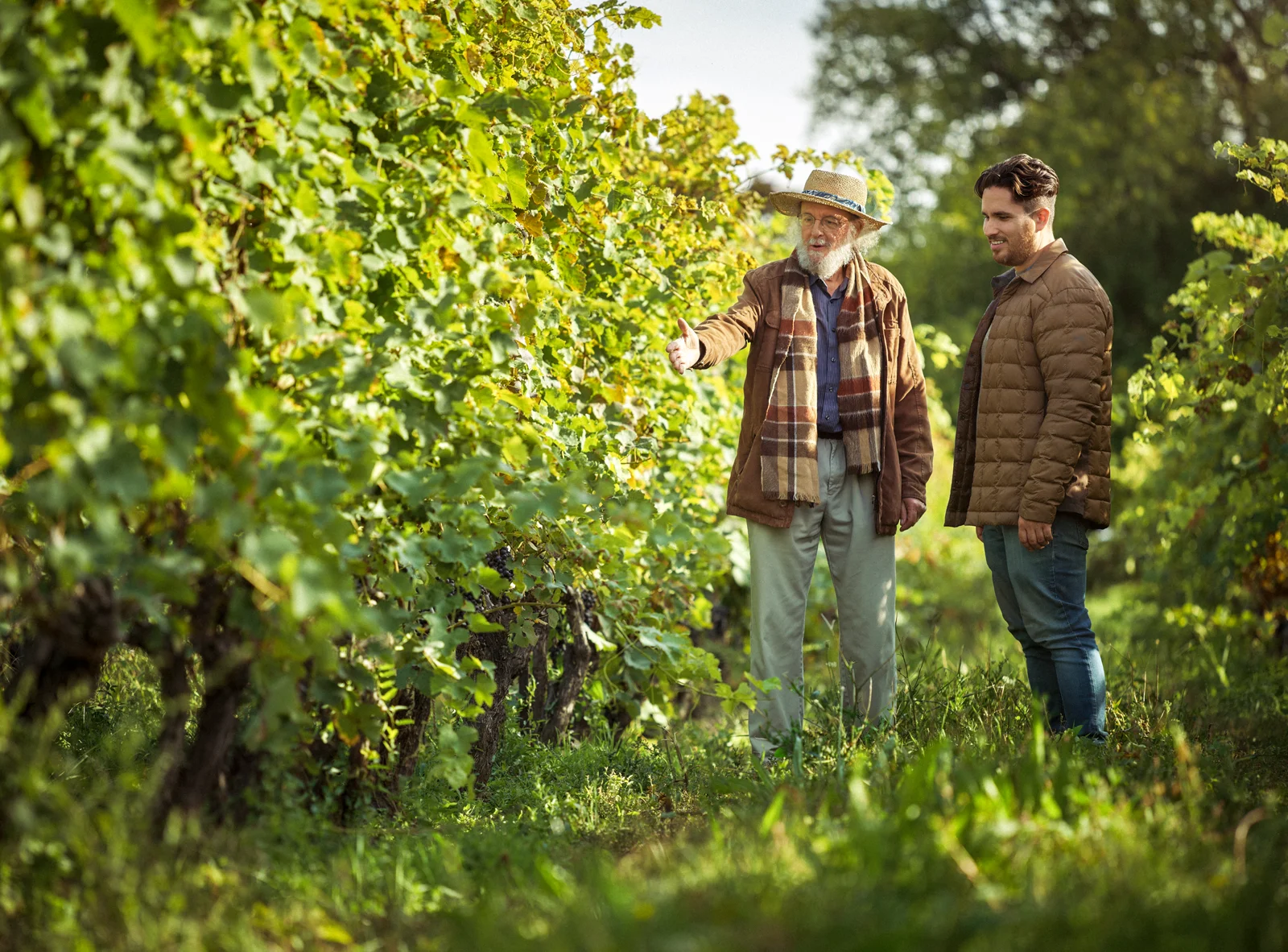
Uncovering a Secret to the Canadian Wine Industry’s Success
Canada's French Connection is a major advantage for its wine industry.
An Italian oenologist, American winemaker, and Chilean grape grower walk into a bar. They all get drunk and argue over who makes the best wine. It may sound like a joke, but for many of the countries that produce wine, it is a point of national pride, and with centuries-old traditions, myths, and legends surrounding it, in many parts of both the Old World and New it reflects the broader culture from which it stems. What then of Canada’s wine industry? While the Vikings who landed in what is now Newfoundland around 1000 AD called the region Vinland, purportedly because vines producing excellent wine grew there, on the whole the Canadian wine industry is only just now entering maturity, and it too reflects the cultural makeup of our young country. Thank God then for Canada’s French connection.
While accents from places as far-flung as Argentina, New Zealand, and Germany can be heard in barrel rooms and bottling lines across the country, it is the ouis of the French language that reverberate most. After all, outside of France, no country does Frenchness quite like Canada, which boasts one of the oldest and largest French diaspora communities in the world and a food culture inspired at least in part by the home of cassoulet and cabernet. While built on a platform of multiculturalism and inclusivity, the Canadian identity has always featured French culture in a starring role. And to this day, globe-trotting French citizens still see the Great White North as a fitting destination in which to plant their flag—a number of fantastic winemakers among them.
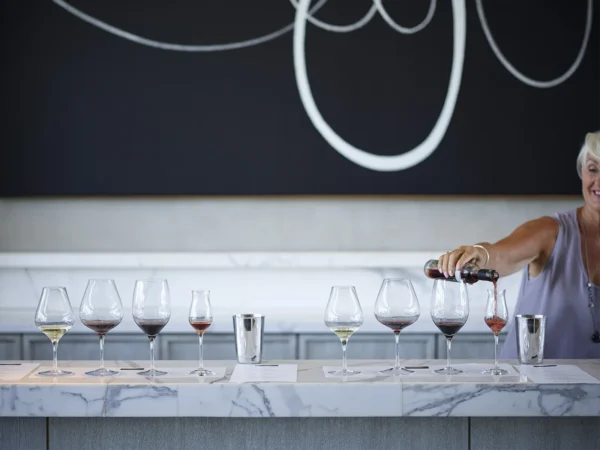
According to Jean-Laurent Groux, a native of France’s Loire Valley and founding winemaker at Niagara-on-the-Lake’s Stratus Vineyards, there is a fellowship between France and Canada that eases the transition for French winemakers. “I really enjoy the fact that Canada has a head toward Europe,” he says. “I would say you have less of that feeling in California or in New Zealand or in Australia. Here there is very much a mixed bag, and we get our inspiration and equipment and plans from both sides.” At the same time, he is quick to admit that Canada has many of the same liberal views toward wine as other New World countries, offering French winemakers the opportunity to experiment.
___
“I was always looking for a wider perspective on winemaking, and the New World has this great advantage of being more open to new ideas, being less stuck in tradition, and with consumers that are more open to superpremium wine.”
Among Groux’s experimental, superpremium wines is the 2021 chardonnay, an unfiltered take on the most popular French white grape that is aged in a mix of clay amphora and French oak, which gives the classically flavoured wine an unctuously rich mouthfeel.
But new ideas often work best when they build on the old, and of the many benefits that French winemakers bring to Canada, the foremost is the niche, even esoteric, knowledge they keep. For example, a born-and-bred Canadian, like their neighbours to the south, is unlikely to understand why the practice of “hermitaging” a bordeaux blend with syrah makes sense in the Okanagan Valley, where the bold, early ripening variety can be used to bolster wines made with finicky bordeaux varieties such as cabernet sauvignon and merlot. However, someone like Severine Pinte, the Lille native and executive winemaker at the Okanagan Valley’s Le Vieux Pin, LaStella, and Artakama wineries, has that knowledge, and she has put it to good use crafting the 2021 Le Vieux Pin Retouche, a blend of merlot, cabernet franc, and syrah that can bowl drinkers over with its palate of stewed fruit, mint, and pepper.
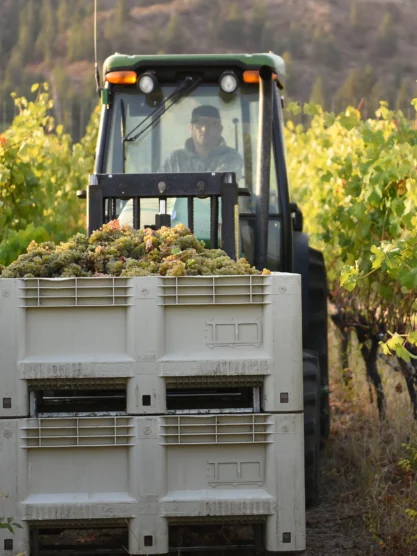
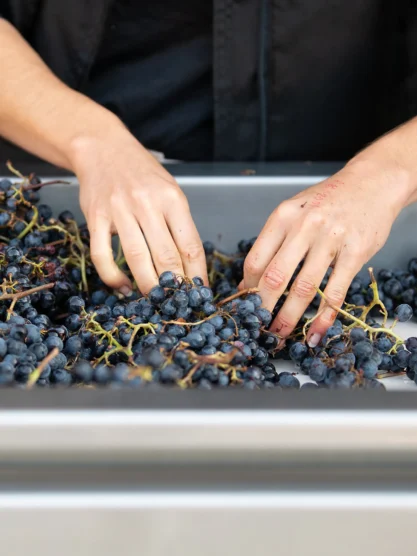
One point that Groux and Pinte both emphasize is that the most important work is done in the vineyard rather than the winery. In the New World, the United States especially, winemakers are seen as stars and wine growers as mere farmers. “In Europe, a winemaker is more seen as almost a chemist,” Groux says. Pinte agrees, noting that the status of the grape grower in Europe is akin to that of the winemaker in British Columbia, but she also thinks that strides have been made in terms of viticultural education and development across Canada’s wine regions. “The viticulture side [of winemaking in Canada] is really effervescent in terms of new ideas and new research for new technology,” she says. “I’m hoping that we can, in the future, with that international knowledge that has come, create national knowledge that is as good as what we can take from France.”
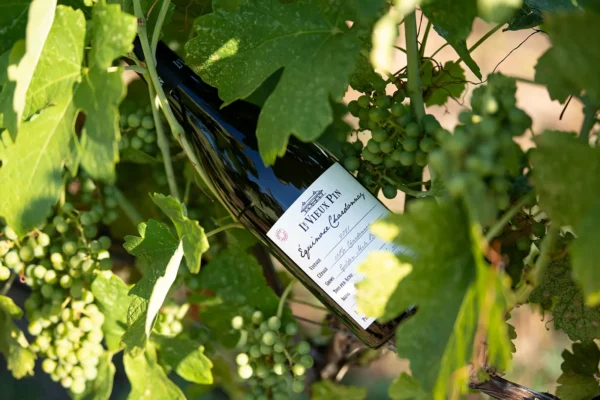
Unsurprisingly, French winemakers are at the fore of vineyard management in Canada, and both Groux and Pinte are part of successful initiatives that promote sustainable viticulture. Both are members of the committees that oversee sustainable winegrowing certification in their provinces: Sustainable Winegrowing Ontario and Sustainable Winegrowing British Columbia. Through these initiatives, wine growers are able to grow healthy fruit that allows winemakers like Groux and Pinte to play with New World winemaking styles and ideas. Under the Artakama banner, Pinte toys with the relatively newfangled natural wine movement by crafting minimal intervention wines in fresh, fruity styles. The 2022 cabernet franc is the best of both worlds, its convivial red-fruit flavours buoyed by a stern tannic backbone. On the other hand, Groux emphasized Stratus’s agricultural commitment most fully with the 2019 cabernet franc Decant, a massive 100 per cent cabernet franc chock full of dark, stewed fruit and mulched-earth flavours, and which is packaged in a show-stopping striated bottle that reflects the glacial soils of the winery’s estate vineyard.
The elder statesman among French winemakers in Canada, Groux has spent over half his life in the Great White North. Now that he has begun handing the reins over to Stratus’s talented new Canadian-born-and-bred winemaker, Dean Stoyka, he has time to look back on his 35-plus years in Niagara. While he thinks that Canadian wines have come a long way since arriving—thanks in no small part to French winemaking minds like himself, Pinte, and others—he also thinks the quality was underrated from the start. “We were very Canadian,” he says. “We were downplaying ourselves.”


